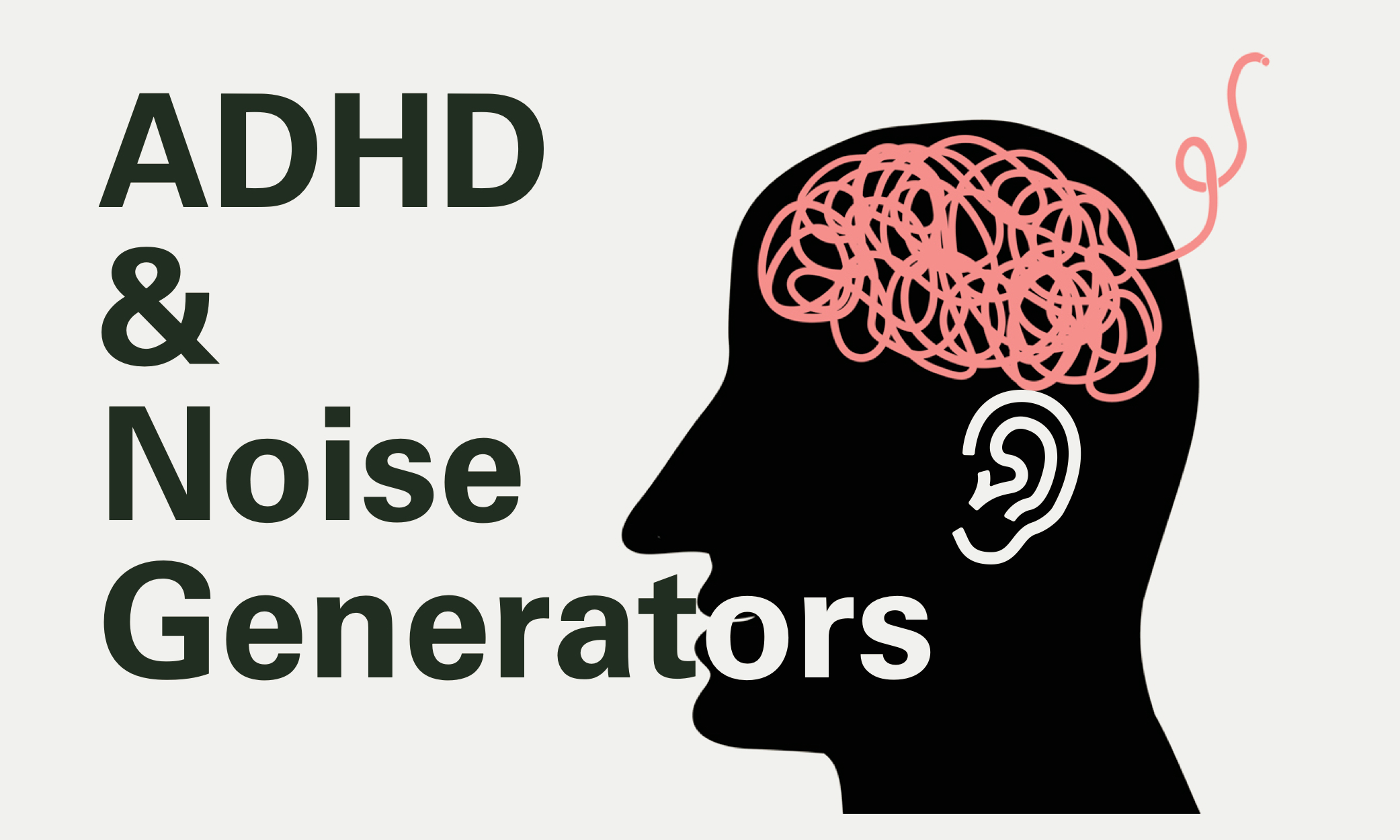FF 1.3 Pitch Direction & String Names
3 Pitch Direction & String Names (2 Days)
Objectives
Understand the concept of pitch direction | Learn the string numbers and names | Identify pitch direction by ear
Procedure
Introduction to Pitch Direction: Start the lesson by explaining pitch direction, emphasizing the importance of recognizing higher and lower sounding pitches. Use a guitar to demonstrate examples of both.
Ear Training Activity: Conduct an ear training exercise by playing various strings on the guitar, asking students to identify if the sound is higher or lower compared to another string. Have students use hand signals to indicate pitch direction, fostering a kinesthetic connection to the concept.
Introduce String Names: Watch the String Numbers and String Letter videos together and have students come up with their own mnemonic device to remember the string letters.
Group Practice: Have students get guitars and prompt them to hold the guitars in playing position. Call out string numbers and have them point to the corresponding string with their strumming hand index finger. Ask students to move up or down a string from a given letter to check their understanding of pitch direction.
Partner Play: Put students in partners and have them quiz each other on the string letters and numbers.
Ear Training: Play a string and have students match it using their ears. Expand it to more than one string, encouraging them to figure out the direction between the two.
Introduction to Lead Sheets and Slash Notation: Introduce the concept of reading music through lead sheets and slash notation. Open the Open String Noteflight score and guide students through the basics, such as identifying measures and understanding the placement of slashes and letter names without delving into traditional music reading.
Say and Play: Have students first say the letter name of a note in the score, then find and play it on their guitar. This step initially occurs outside of musical timing to ensure focus on accuracy.
Rhythmic Application and Counting: Transition to rhythmic application, teaching students to play the indicated strings while counting beats aloud.
Individual Practice and Assessment: Assign students specific lines or measures from the lead sheet for individual practice. Tailor these assignments based on observed needs during group practice. Use this time for informal assessments, noting students' technique, pitch accuracy, and rhythmic understanding.
Opening and Closing Activity Ideas
Opening Activity: Begin the class with the question “How do you get better at something” posted on the board. Have students write answers in their practice journal and discuss what practice is and how students have used it in other areas of study.
Closing Activity: End the lesson with students sharing how they are going to remember pitch direction.
Assessment
Informally assess student’s practice process while they are preparing for the assessment. Highlight students who are demonstrating mindful practice to the rest of the class.
Formally assess the playing of the assigned line by having students count and play individually or in partners. They should be in good playing posture and play the indicated pitch on the specified beat with the thumb of their strumming hand. The steady beat should be felt throughout the performance and students should count out loud.
Differentiation
Remediation: Assign an easier line for students who are struggling.
Enrichment: More advanced students should play lines toward the bottom of the page. They can also be assigned specific tempos for their assessment. Have them count and play their line at the tempo for the assessment.
Notes
Practicing is HARD and this is the first time that students will be practicing in front of you. I like to spend extra time and effort in highlighting the positive practice strategies that I see students use as much as possible. Walk around the room while students are working and make meaningful connections with them. Be as positive as possible and give praise to students who are demonstrating purposeful process. When learning string names students will have a tendency to look down at the guitar to see the strings. Encourage them to sit in good playing posture and look at their music instead of the isntrument. This will be a struggle for some, but offer positive reinforcement when students use the correct technique.





